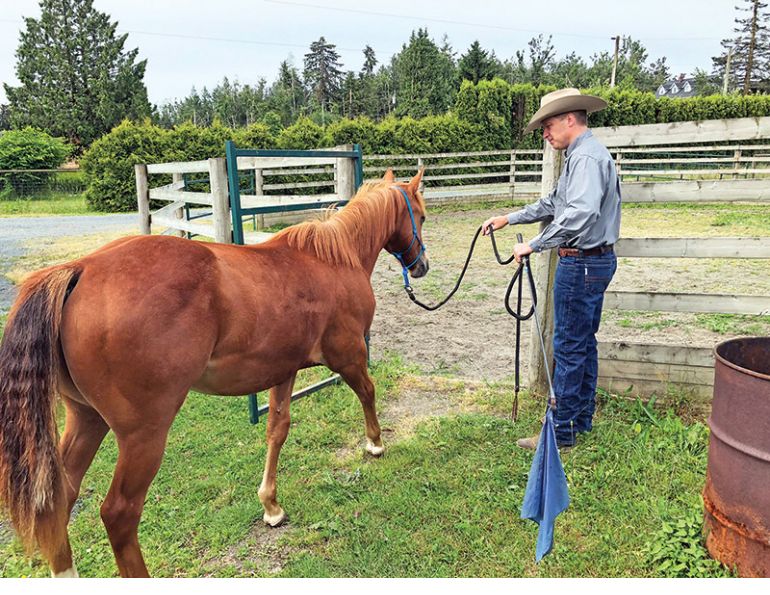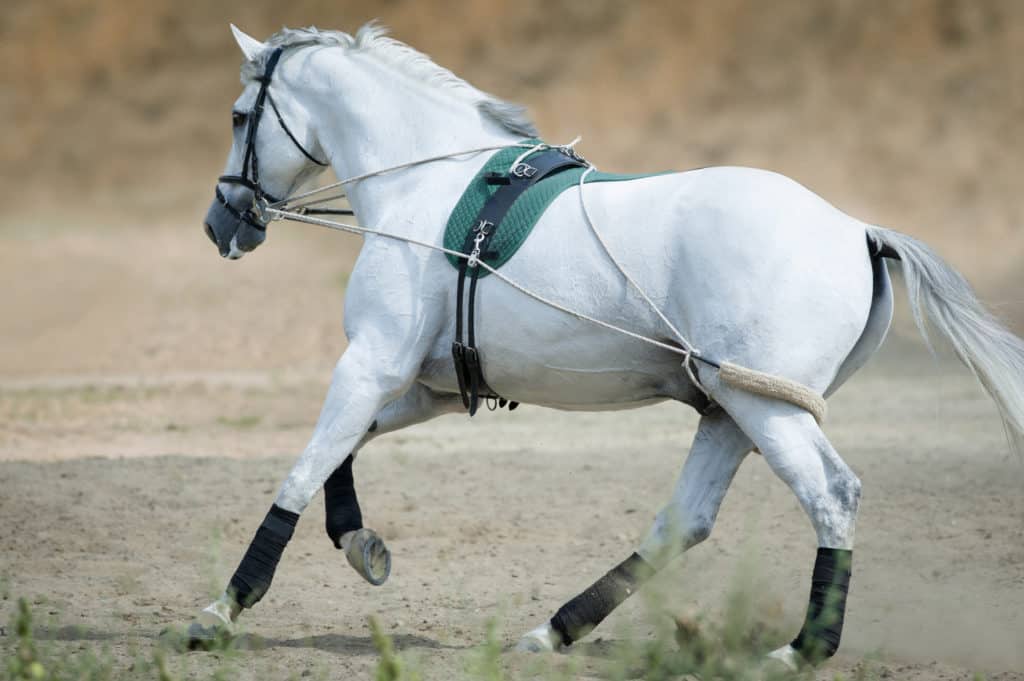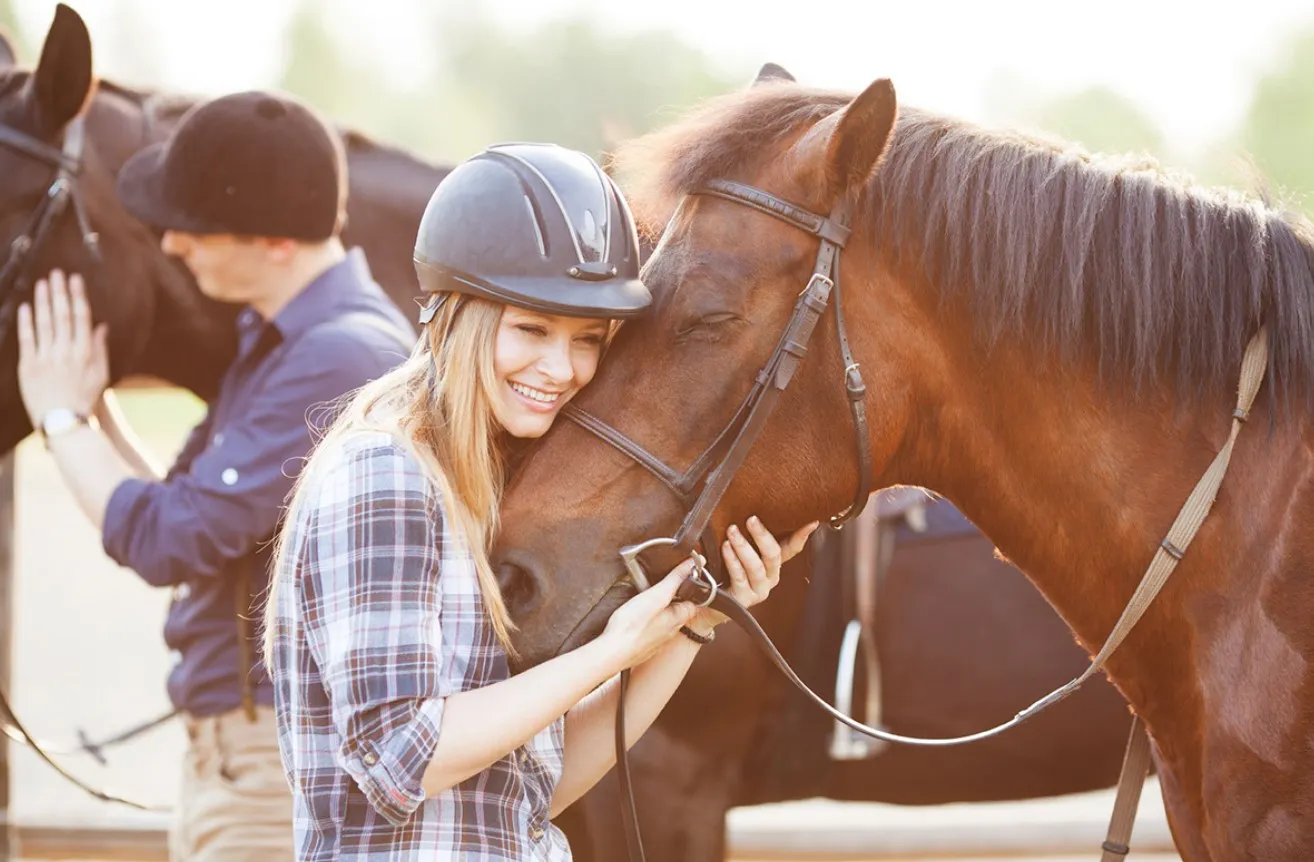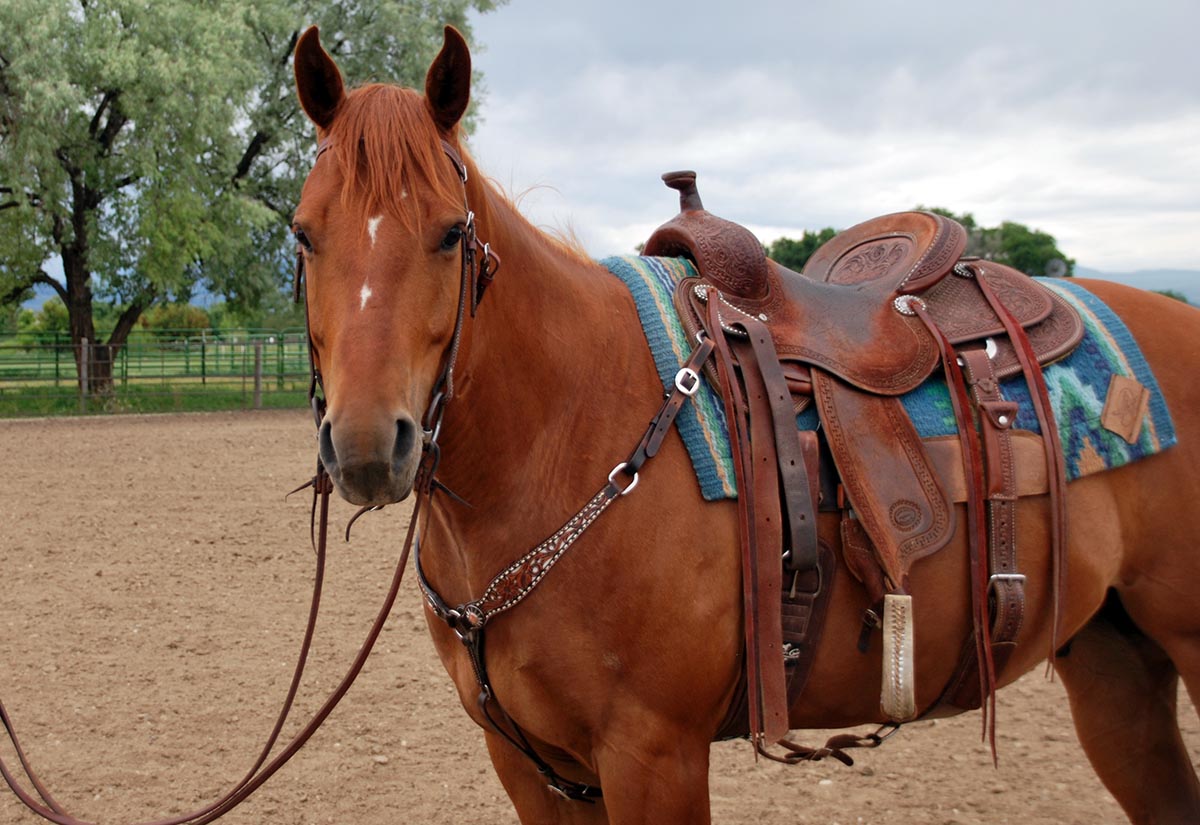Training a horse can be a rewarding journey for both the trainer and the horse. It involves patience, consistency, and a deep understanding of the horse’s behavior. In this guide, we will explore horse training step by step to help you create a strong bond with your horse while ensuring a safe and successful training process.

Understanding Horse Behavior
Before diving into the training, it’s important to understand the basic behavior of horses. Horses are herd animals and have a natural instinct to follow a leader. They communicate through body language and are highly sensitive to their surroundings.
Recognizing Signs of Discomfort
Being able to read your horse’s body language is crucial. Look for signs such as pinned ears, swishing tail, or backing away, which indicate discomfort or stress. Recognizing these signs early can help you adjust your training approach accordingly.
Establishing Trust and Leadership
Building a relationship based on trust and respect is the foundation of effective horse training. Spend time bonding with your horse through grooming and gentle handling to establish yourself as a calm and confident leader.
Consistent Communication
Consistency is key in training. Use the same commands and cues to avoid confusion. Horses respond well to clear and consistent communication.
Starting with Groundwork
Groundwork is the first step in horse training step by step. It helps in establishing basic manners and respect. Start with simple exercises like leading, halting, and backing up.
Leading and Halting
Teach your horse to walk beside you calmly on a lead rope. Practice stopping and starting, ensuring the horse follows your cues smoothly.
Introducing the Saddle
Once your horse is comfortable with groundwork, it’s time to introduce the saddle. Start by letting the horse sniff and inspect the saddle, gradually placing it on their back without fastening it.
Desensitization
Desensitize your horse to the feeling of the saddle by gently moving it around on their back. Reward calm behavior with treats or gentle pats.
Basic Riding Skills
With the saddle in place, you can begin teaching basic riding skills. Start with mounting and dismounting exercises to ensure your horse is comfortable with a rider.
Walking and Turning
Begin with short, slow walks, practicing simple turns. Use gentle leg and rein cues to guide your horse, rewarding them for correct responses.
Advanced Training Techniques
Once you’ve mastered the basics, you can introduce advanced training techniques. This includes trotting, cantering, and jumping for those interested in equestrian sports.
Consistent Practice
Regular practice is essential to reinforce learned behaviors. Set a training schedule and stick to it, gradually increasing the complexity of exercises.
Addressing Behavioral Issues
Sometimes, horses may develop behavioral issues such as stubbornness or anxiety. Identify the root cause of these behaviors and address them with patience and understanding.
Seeking Professional Help
If you encounter persistent issues, consider seeking help from a professional trainer. They can provide insights and techniques to overcome challenges.
Maintaining Health and Nutrition
A healthy horse is easier to train. Ensure your horse receives proper nutrition, regular veterinary care, and appropriate exercise to maintain their well-being.
Regular Grooming
Regular grooming not only keeps your horse clean but also strengthens your bond. Use best horse shampoo for a shiny coat and to make grooming sessions enjoyable for your horse.
Building a Lasting Bond
Training is not just about commands and exercises; it’s about building a lasting bond with your horse. Spend quality time together outside of training sessions to nurture this relationship.
Trust and Patience
Trust and patience are the cornerstones of a successful trainer-horse relationship. Celebrate small victories and remain patient through challenges.
Conclusion
Training a horse is a journey filled with learning and growth. By following horse training step by step, you can develop a harmonious relationship with your horse, ensuring a safe and enjoyable experience for both of you. For more detailed tips, check out this comprehensive guide on horse training.

FAQs
What age should I start training my horse?
Training typically begins when a horse is around two years old, but groundwork can start earlier to establish basic manners.
How long does it take to train a horse?
The duration varies based on the horse’s temperament and the trainer’s experience. Basic training can take a few months, while advanced skills may take a year or more.
Can I train my horse myself?
Yes, with patience and the right resources, you can train your horse yourself. However, seeking guidance from experienced trainers can be beneficial, especially for beginners.
This article contains affiliate links. We may earn a commission at no extra cost to you.






